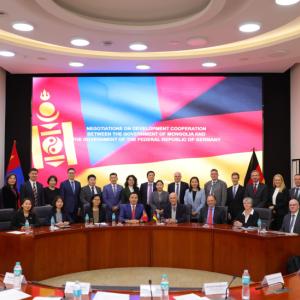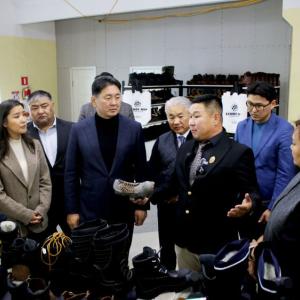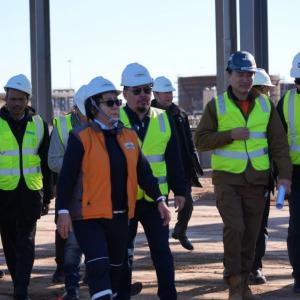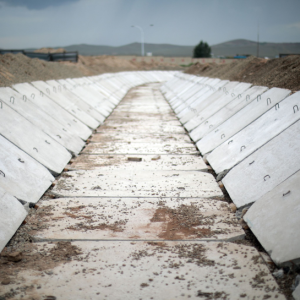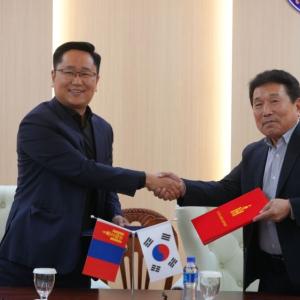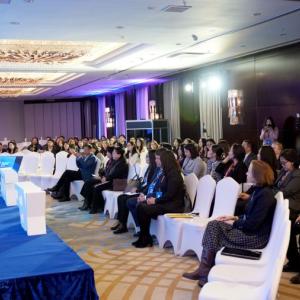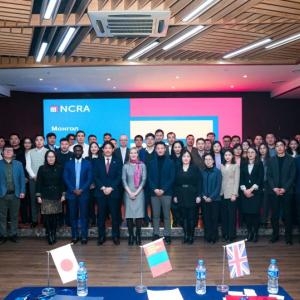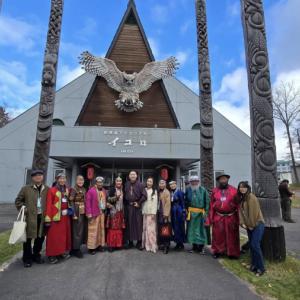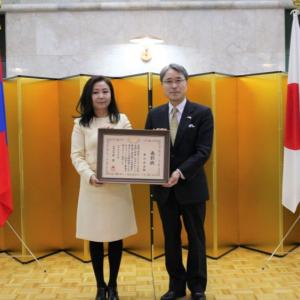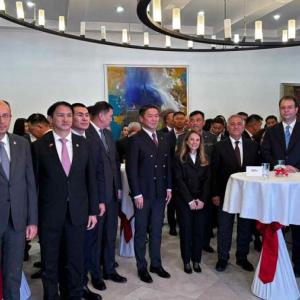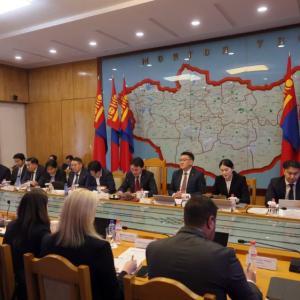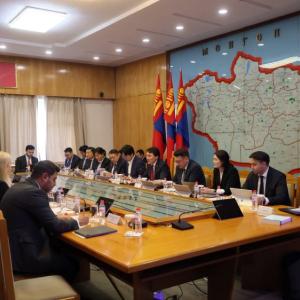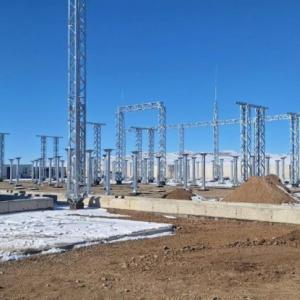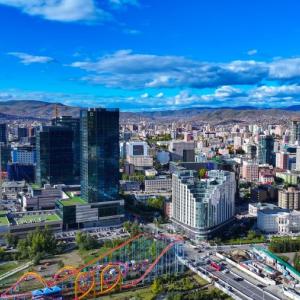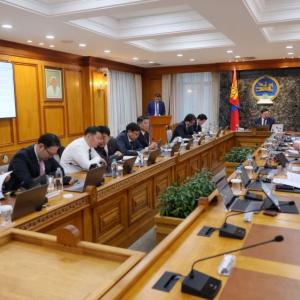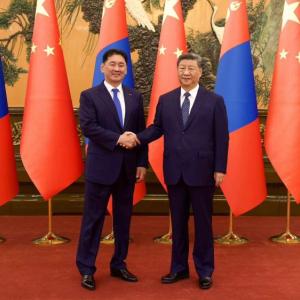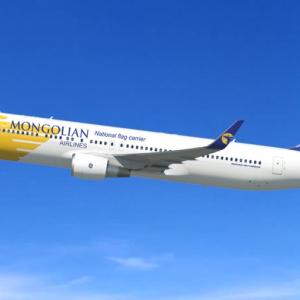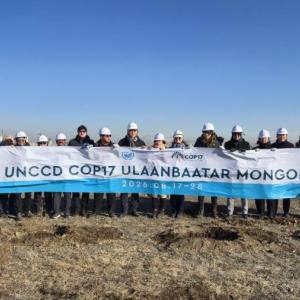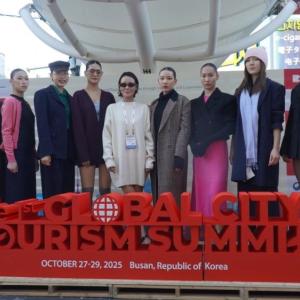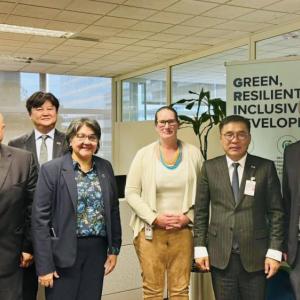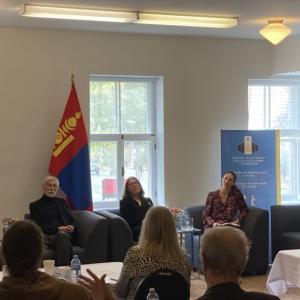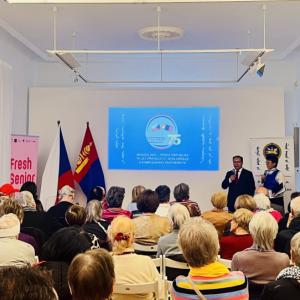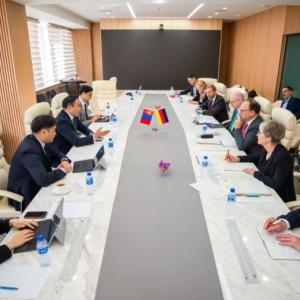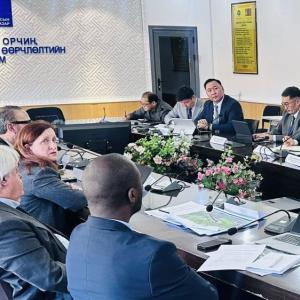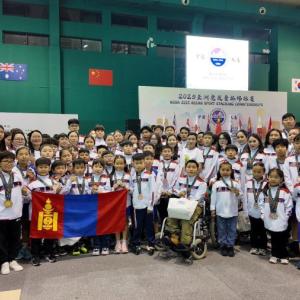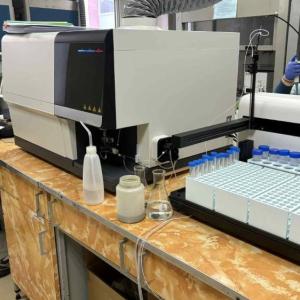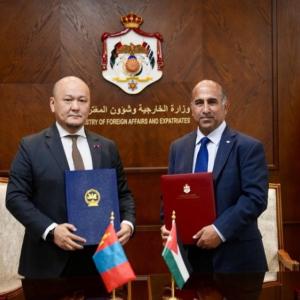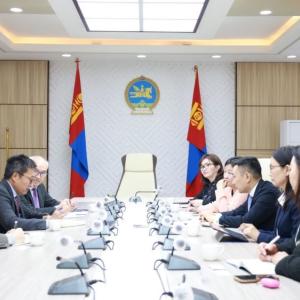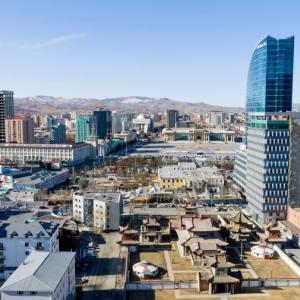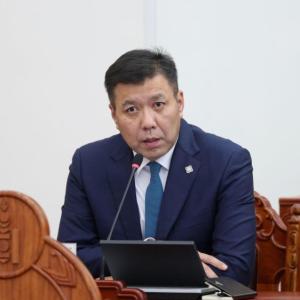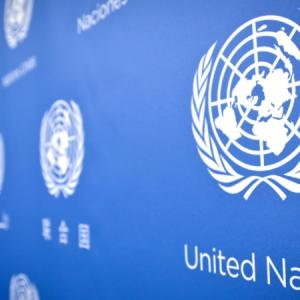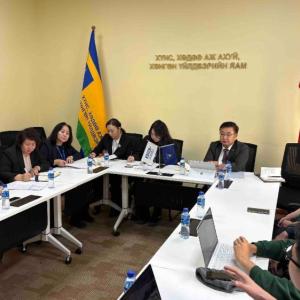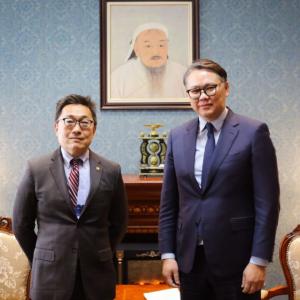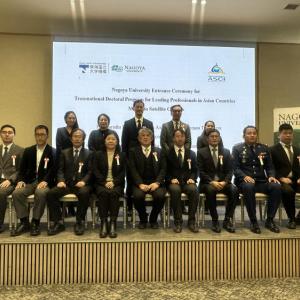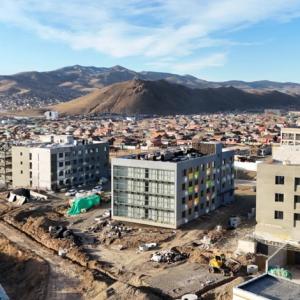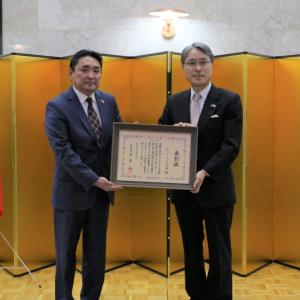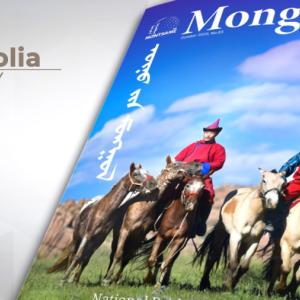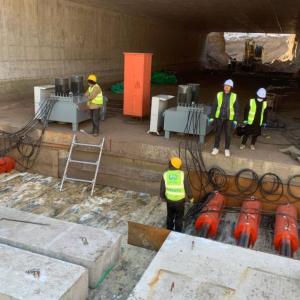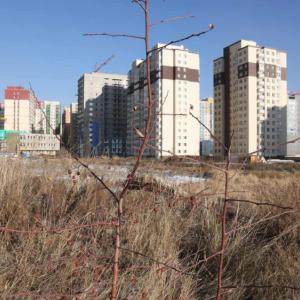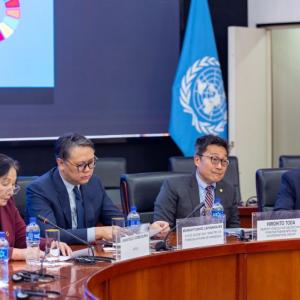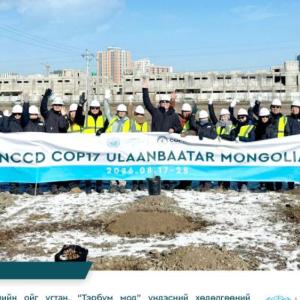“New mining technologies offering opportunities to advance sustainable development”
Economy | Mining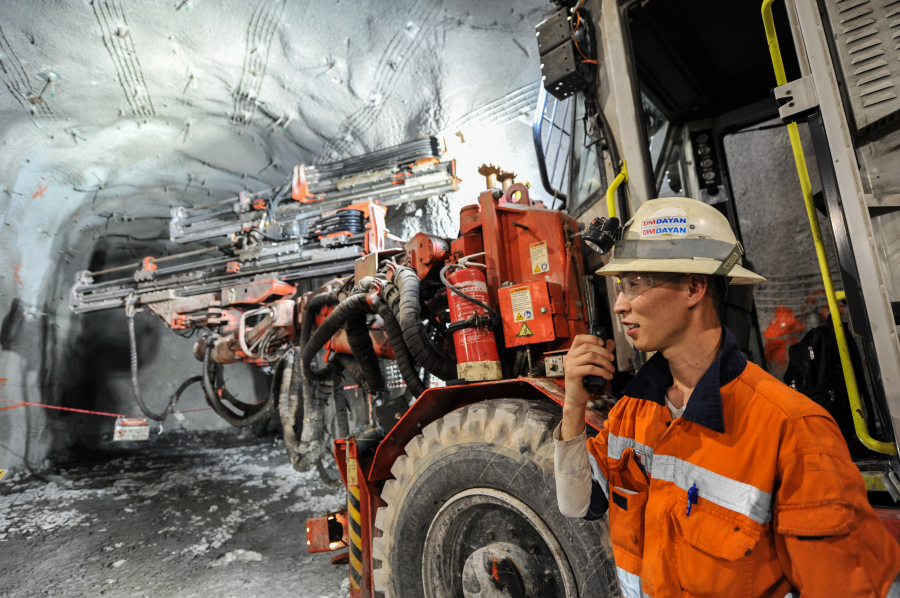
Council for Sustainable Development and Social Responsibility examines impacts of technological reform in Mongolia’s mining industry
Mongolia has seen increased efforts by domestic companies to upgrade mining equipment and technology used in processing as well as in mine management, making great contributions to Mongolia’s economy.
“Mongolia’s mining will further advance mineral processing in years to come, necessitating the country to prepare by advancing relevant technologies that also have positive and social impacts” said Zolgarjal Jargalsaikhan, Executive Director of Mongolian Coal Association, at a virtual discussion to present New Tech, New Deal Mongolia Report.
Mongolia’s Council for Sustainable Development and Social Responsibility (CSS) was selected to conduct a study for the GIZfunded New Tech, New Deal Project to explore impacts of new technologies and identify opportunities to advance sustainable development in Mongolia’s mining sector through technologies.
The CSS team has made a series of consultations for the study and interviewed nearly 50 key stakeholders, representing national and local government bodies (in Umnugobi and Dornod aimags), mining companies and suppliers, technology and community engagement experts, professional industry and labor groups, local communities, civil society organizations and research and academic institutions, between October and December of 2020.
The CSS team looked into technological development of mining companies operating in Mongolia, grouped into five categories depending on their size and ownership type, including state-owned mining enterprises (for example, Erdenet copper molybdenum mine and Baganuur coal mine), large companies with foreign investment (Oyu Tolgoi, Badrakh Energy, etc), large (Mongolyn Alt and Energy Resources), medium (Bayan Airag hard rock gold mining and Tsakhiurt Ovoo iron ore plant) and small private mining companies. The discussion on New Tech, New Deal Mongolia Report was held on December 17, with government and non-government representatives, mining companies and suppliers in attendance.
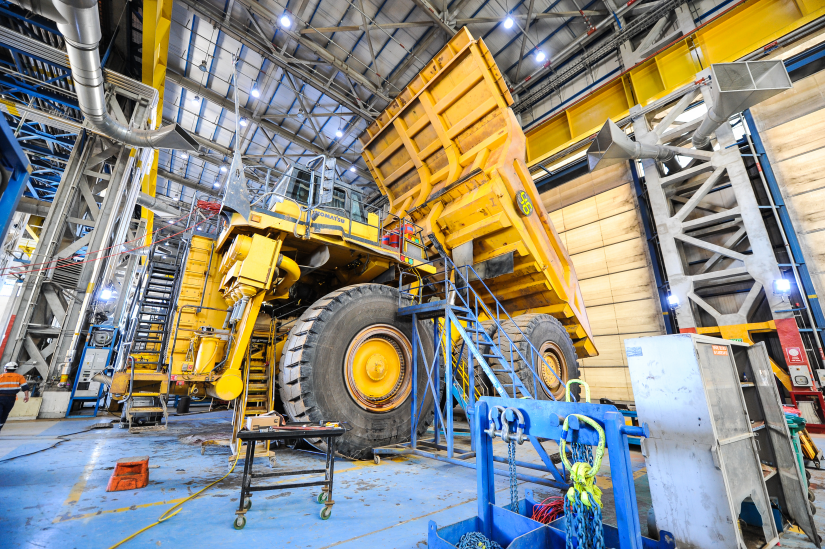
Enkhjargal Enkhbat from CSS introduced current trends in new technology penetration into Mongolian mining sector. As introduced by her, modern information and communication technologies, such as satellite imaging used in geological exploration and mine planning, Global Positioning System (GPS) technologies, and use of drones are in place, especially at mining companies with foreign investment.
Mr. Zoljargal, who served as an advisor to the CSS team, noted that despite the government's policy to develop processing technology, the share of processing in mining exports is very low. “Mines have established processing plants in order to add value to products and increase productivity. For example, the number coal concentrates using wet or dry techniques has rapidly grown, reaching over 30 within several years and is anticipated to grow.”
He continued that large-scale mining projects have introduced new technologies with high cost and high productivity over the past decade. “A significant increase in coal production and exports playing important roles in this area. Oyu Tolgoi LLC, the largest copper and gold mining company in Mongolia, introduced the country to underground mining and processing techniques as well.”
“As a result of this trend, Mongolians now themselves are capable of operating heavy machinery and mechanisms, and companies are growing to offer maintenance and repairs services of modern heavy machineries.”
“During the last decade open pit mining has expanded quickly, posing new challenges to manage large-scale mining operations through enhancing automation technologies, expanded conveyer systems for transportation within the mine site and reinforcement of mining walls.”
Kristi Disney Bruckner, Executive Director at Sustainable Development Strategies Group, has been a consulting member of the study team. During the report’s discussion, she described that Mongolia’s large mining companies equipped with advanced technology, infrastructure development and high worker skills contribute to increase mining sector productivity in the country and improve environmental management.
For example, Oyu Tolgoi’s total operational cost was reduced by 5.2 percent in 2019 against the previous year through reducing cost of maintenance at its processing plant and completion of some large infrastructure projects. Thanks to its Teetered Bed Separator (TBS) technology, an “easy production” reporting software, and processing technology, Energy Resources LLC coal mining company has managed to increase its productivity by 6% and fine coal output by 15%, while minimizing environmental negative impacts.
The study further shows that medium and small companies and state owned mines face a shortage of skilled workers to operate modern machinery and implement advanced technologies, and many of them lacks financial capability to attract skilled specialists. For that reason, the report recommends to develop human resources in line with technological evolution and provide necessary knowledge and information to mine workers.
But thanks to new technologies, more opportunities have been opened for workforce education and skills development, such as regular trainings on heavy machinery operation, primary geological training, and occupational health and safety.
Also, the adoption of upgraded technologies has been helping to prevent industrial accidents with fewer occupational health and safety related accidents and injuries at large companies, the study found. On this side, Oyu Tolgoi’s level of accidents has been cut in half over 2015 to 2019.
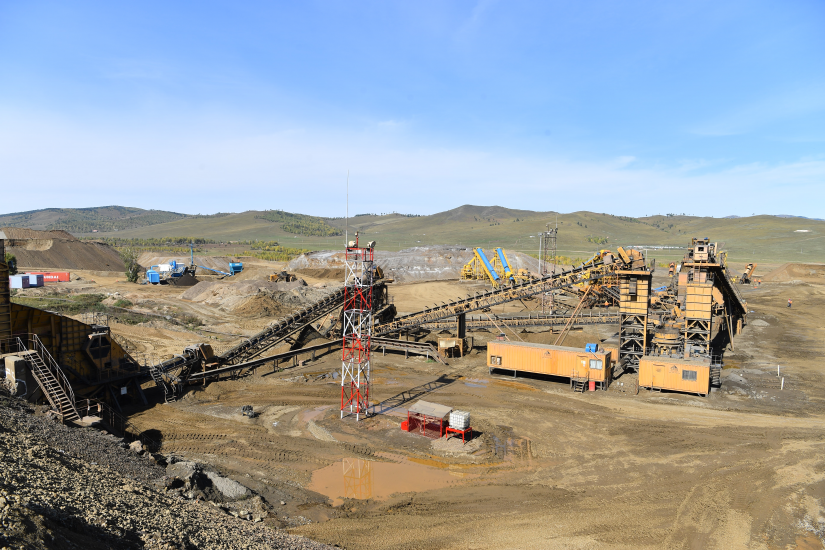
The report mentioned that average salary earned by mine employees is 115% higher than Mongolia’s national average, and there is an overall tendency of higher demand for people specialized in computers and information technology.
“Study findings show that technological advancements in the mining sector are helping create equal opportunities in the sector for women and men” Bruckner said. “For example, 17% of fulltime employees of Bayan Airag Company’s mine, and 35% of total employees of Oyu Tolgoi are women. The proportion of women employed by mining internationally sat at 15.7% in 2019. One company stakeholder we interviewed reported that employing women as truck drivers and machinery operators can reduce the rate of accidents and injuries.”
The CSS study team identified other gaps in Mongolia’s mining industry when inefficient and outdated technologies are needed to be replaced. Experts who participated in this study emphasized that political interests and government interventions in the appointment of leaders of the state companies, management of the companies and their funds, and supply and procurement of mining equipment create obstacles to technological progress across the mining sector.
Regardless of state policy statement to bolster technological advancement with low environmental impacts, there are neither a legal framework to implement this goal, nor tangible facilitation mechanism to ensure that environmental and social risks from new technologies are managed available.
Lack of financial resources limits opportunities to research and introduce new technologies, especially when it comes to medium and small-scale mines and state-owned mines. Because they have a short lifecycle and small amounts of reserves, small companies tend to focus more on quick extraction and cheap operations rather than introducing new mining technology, leading to breach of the mining ex traction technology regime and loss of some resources.
Other pressing issues include difficulty of integrating advanced Western technologies with current manual technologies used mostly by state run enterprises as well as issues of lack of infrastructure, particularly of transportation and energy supply insufficiency. A few western manufacturers to replace Chinese manufacturers have opened offices and repair workshops in Mongolia.
However, there is still not enough supply, causing long delays accessing parts, and capacity of equipment maintenance workshops is limited. Taking this into consideration, imports of heavy machinery and equipment needs to be supported and more branch workshops of foreign equipment manufacturers to be established, the report says.
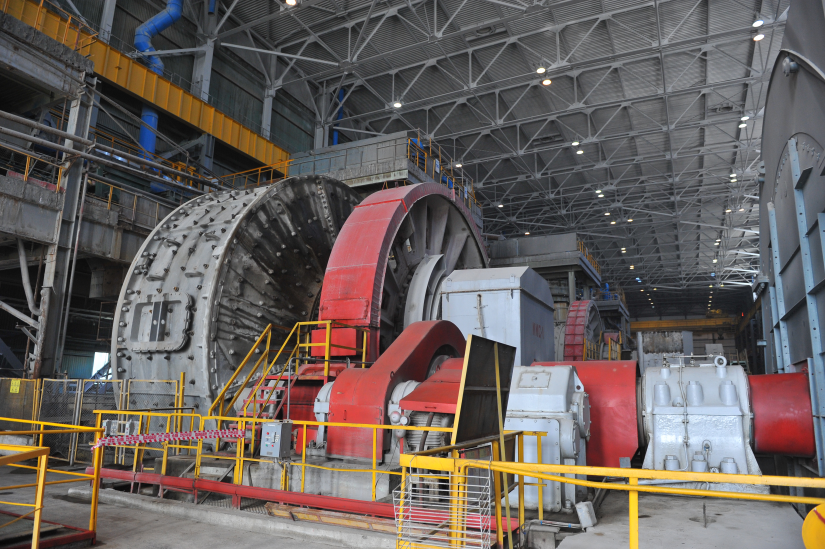
Like Wagner Asia Equipment LLC, who delivers to the Mongolian mining sector Caterpillar equipment and machinery in line with global standards, foreign suppliers are main providers of large-scale mining equipment and specialized tools that are currently being imported into Mongolia. They also provide comprehensive services with auxiliary spare parts, and are making the highest profits from technologies.
This motivates domestic suppliers to improve the quality of their products and services up to the same international standards. They are usually engaged with the sector for a wide range of raw material supplies, such as lime and cement, explosives and some small parts, air and land transportation services and fuel supply. The domestic suppliers are also encouraged to build their capacity to supply mining companies with advanced equipment, technology, maintenance and spare parts.
Local community suppliers, who provides food catering and camp services and protective uniforms, are found to learn business ethics according to requirements set by mining companies. Amid the COVID19 pandemic, the suppliers are using digital communications technology to help them market their products and correspond with mining companies in order to carry out their business.
The study reveals that local communities in the mining area have worries about environmental impacts posed by mines and plants. Some community stakeholders interviewed by the CSS team shared their frustration that mining companies may be choosing technology for profit and productivity motives, but not prioritizing community health and safety and protection of the environment. And they would like for companies to advance technologies to monitor and control dust, manage noise pollution and water and air quality.
A recurring theme was around reducing water waste through ecofriendly technologies and improving rehabilitation work according to international standards, given Mongolia’s scarce water resources and vulnerability to water and soil contamination, according to Kristi. "Even so, there are many examples of mining companies utilizing water managements to save water through newly installed equipment, collecting flood water and reusing process water, which are important technology score for Mongolia, especially the South Gobi region and other parts of the country, where underground water resources are precious and need to be carefully managed."
Another concern some communities have is poor communication from mining companies about company production, operations and monitoring, including changes in technology. Addressing this issue, for instance, Oyu Tolgoi is currently working to develop “Herder” application to hear and respond to concerns of herder communities, and “Herder-Local Government-Mining Company” online tripartite forum to discuss and quickly resolve any issues arising in local communities.
In conclusion, the report recommended Mongolia’s mining sector to make technological improvements that are aligned with positive social and environmental impacts, producing value-added products and supplying them to markets in order to accelerate economic development and improve Mongolia’s competitive edge.
The New Tech, New Deal project is a partnership of the International Institute for Sustainable Development (IISD), the Intergovernmental Forum on Mining, Minerals, Metals and Sustainable Development (IGF), the Columbia Center for Sustainable Investment (CCSI), Mining Shared Value, and Canadian Engineers without Borders, and is funded by Deutsche Gesellschaft für Internationale Zusam menarbeit (GIZ). The final New Tech, New Deal Report Mongolia will be released early 2021.
December 25, 2020, The Mongol Messenger
 Ulaanbaatar
Ulaanbaatar








